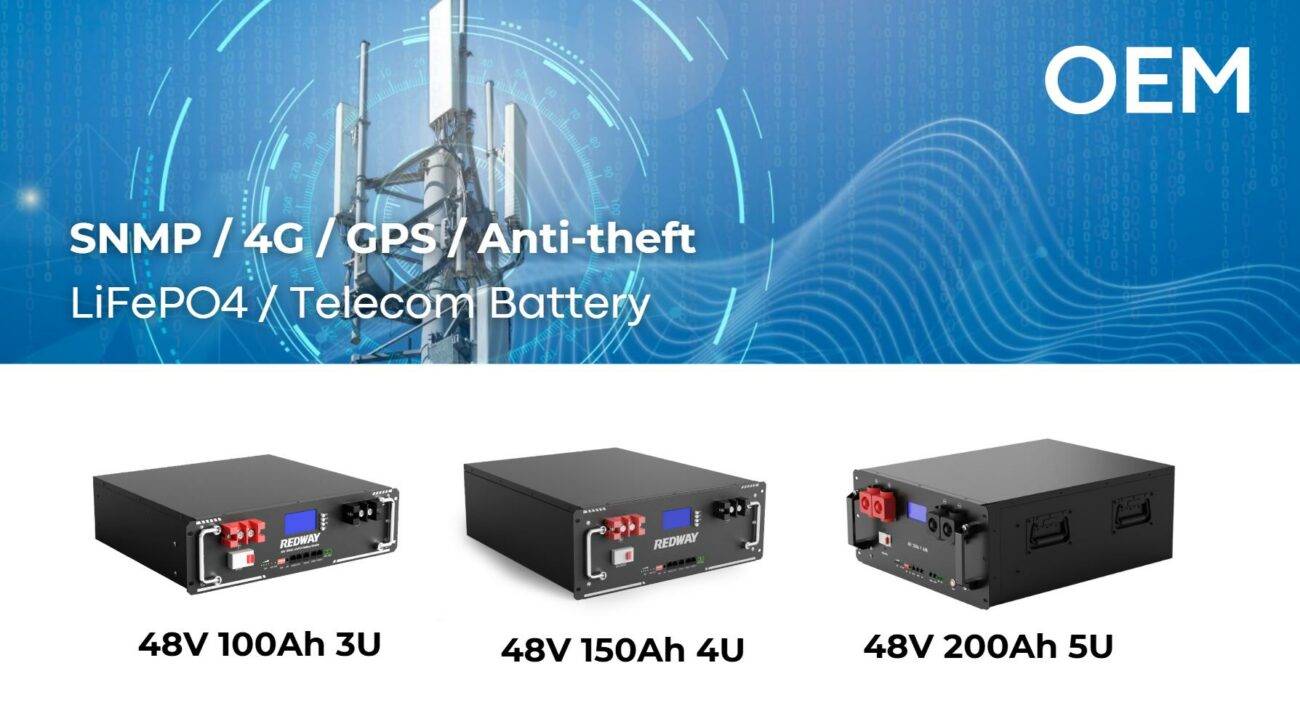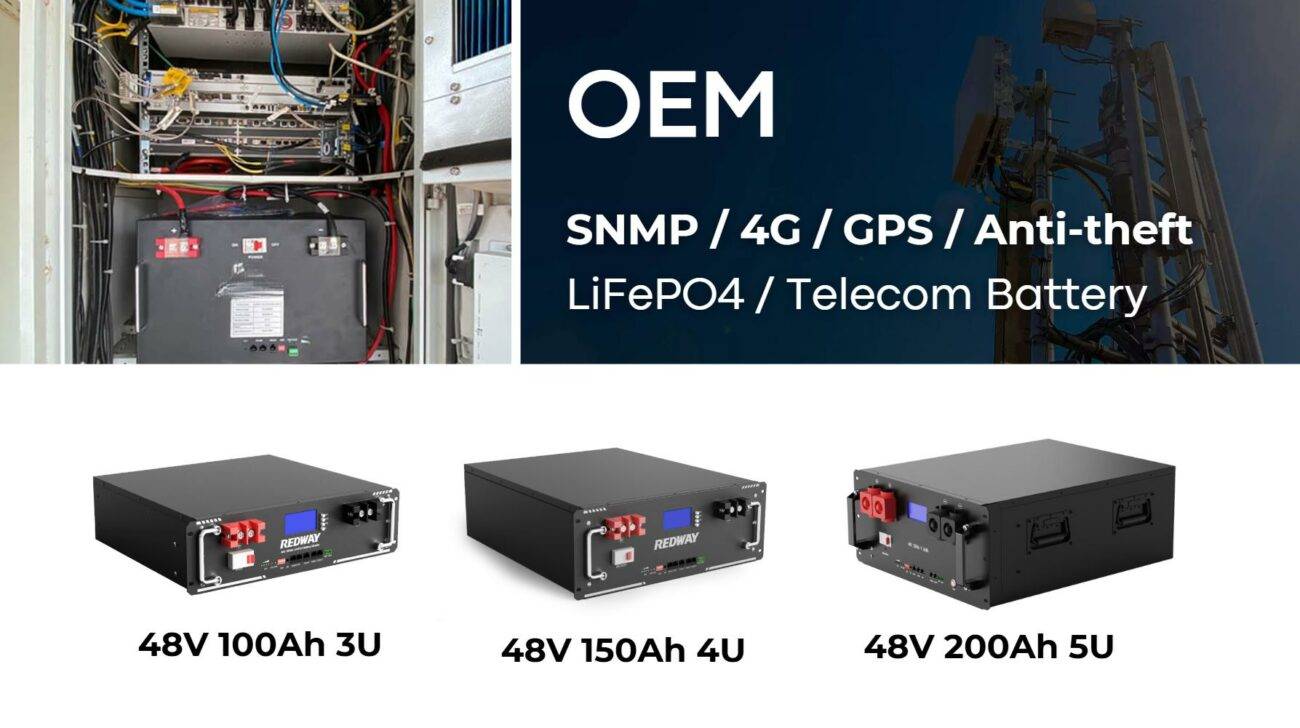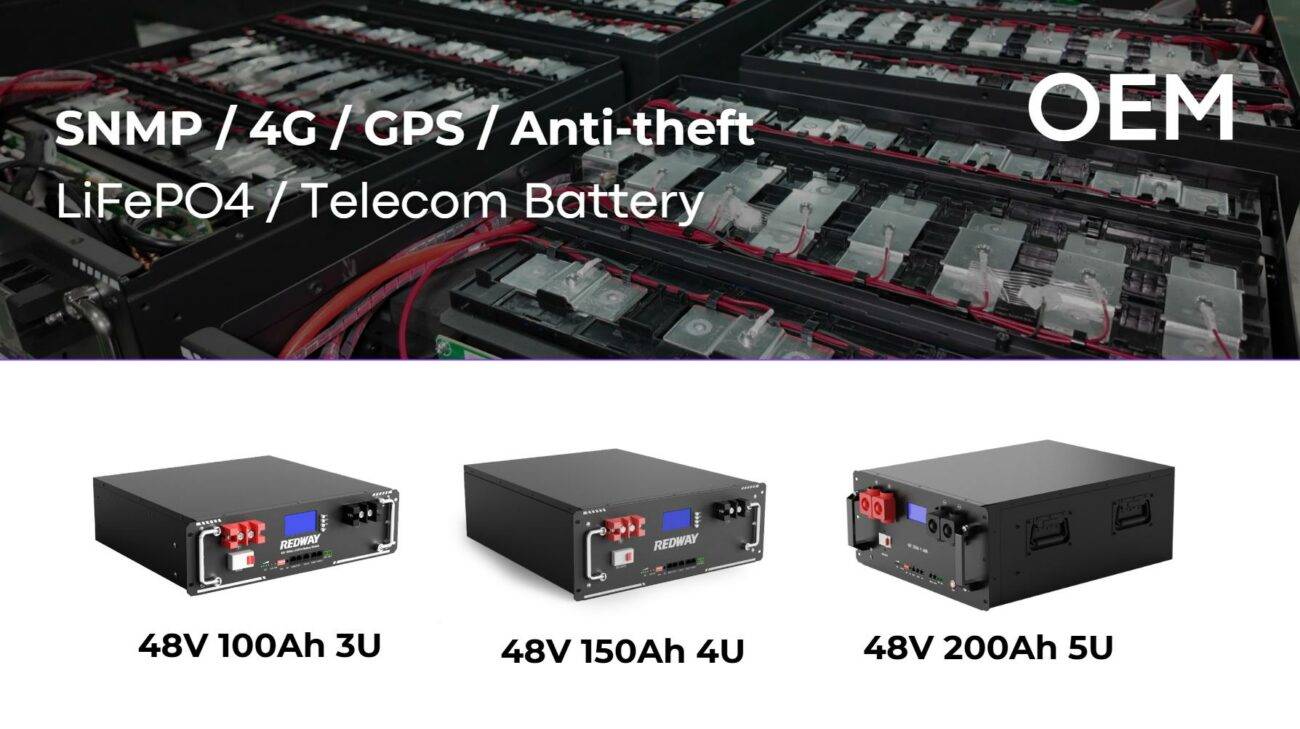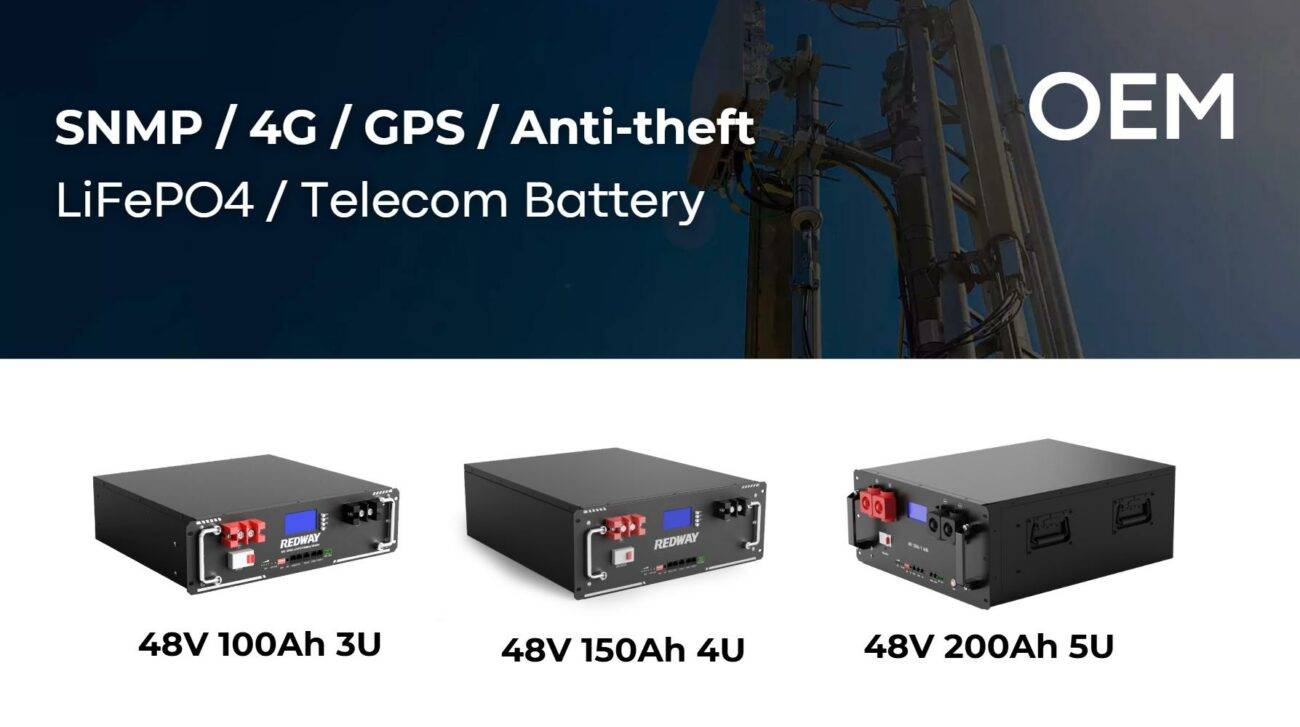
Blog
What Are the Essential Components of Telecom Battery Systems?
Telecom batteries are critical for uninterrupted power in communication networks. They primarily use valve-regulated lead-acid (VRLA) and lithium-ion technologies, offering reliability, long lifespans, and adaptability to extreme conditions. Key factors include energy density, maintenance requirements, and compliance with safety standards like IEEE 1188. Proper sizing, temperature control, and cyclic durability ensure optimal performance in telecom infrastructure.
How Do Telecom Batteries Power Communication Networks?
Telecom batteries provide backup power during grid failures, ensuring continuous operation of cell towers, data centers, and transmission equipment. They store energy during normal operation and discharge it during outages, maintaining voltage stability. VRLA batteries are common due to leak-proof design, while lithium-ion variants offer higher efficiency in compact spaces.
What Are the Primary Types of Telecom Batteries?
Two dominant types exist: VRLA (valve-regulated lead-acid) and lithium-ion. VRLA batteries are cost-effective, maintenance-free, and suitable for moderate climates. Lithium-ion batteries excel in energy density, lifespan (up to 10 years), and performance in extreme temperatures, despite higher upfront costs. Nickel-based and flow batteries are niche alternatives for specialized applications.
| Feature | VRLA | Lithium-ion |
|---|---|---|
| Cost per kWh | $150-$200 | $400-$600 |
| Cycle Life | 500-800 cycles | 3,000-5,000 cycles |
| Operating Temp | -20°C to 50°C | -30°C to 60°C |
Why Is Battery Maintenance Crucial for Telecom Systems?
Regular maintenance prevents capacity degradation and sudden failures. Tasks include cleaning terminals, checking voltage levels, and monitoring electrolyte levels (for flooded batteries). Thermal management is critical—excessive heat reduces lifespan by 50% for every 10°C above 25°C. Automated monitoring systems now predict failures using IoT sensors and AI analytics.
Advanced maintenance protocols now incorporate impedance testing to measure internal resistance changes, which can indicate sulfation in lead-acid batteries. Many operators use battery health scoring systems that combine voltage trends, temperature history, and discharge cycles. For example, AT&T’s Battery Optimization Program reduced replacement costs by 22% through predictive analytics. Remote sites increasingly deploy self-healing systems where batteries automatically equalize charges or isolate faulty cells.
How Does Temperature Affect Telecom Battery Performance?
High temperatures accelerate chemical reactions, causing faster degradation, while low temperatures reduce capacity. VRLA batteries lose 20% capacity at -20°C. Lithium-ion performs better in cold but risks thermal runaway above 60°C. Climate-controlled enclosures and phase-change materials are used to stabilize operating temperatures between 20–25°C.
In Saudi Arabian telecom towers, active cooling systems maintain batteries at 28°C despite external temperatures exceeding 45°C. Conversely, Canadian operators use insulated battery boxes with integrated heating pads during winter. Recent innovations include graphene-based thermal interface materials that improve heat dissipation by 35% compared to traditional aluminum heat sinks. Temperature compensation charging—adjusting voltage based on real-time thermal readings—extends battery life by preventing overcharge in hot conditions.
What Emerging Technologies Are Revolutionizing Telecom Batteries?
Solid-state batteries promise higher safety and energy density. Hydrogen fuel cells integrate with batteries for hybrid systems in off-grid sites. AI-driven predictive maintenance reduces downtime by analyzing usage patterns. Graphene-enhanced lead-acid batteries improve charge acceptance by 40%, while sodium-ion variants offer eco-friendly alternatives with lower fire risks.
How Do Telecom Batteries Impact Environmental Sustainability?
Lead-acid batteries have 99% recyclability rates but require careful lead disposal. Lithium-ion recycling is complex but recovering cobalt/nickel reduces mining demands. New EU regulations mandate 70% battery material recovery by 2030. Solar-hybrid systems with batteries cut carbon footprints by 60% in remote telecom sites.
What Cost Factors Influence Telecom Battery Selection?
Total cost of ownership (TCO) includes initial purchase, installation, maintenance, and replacement. Lithium-ion has 2× higher upfront cost than VRLA but lasts 3× longer. Energy efficiency savings reach 30% with lithium. Regulatory fines for downtime (up to $10k/hour in some regions) make reliability a critical cost factor.
“The shift to 5G demands batteries with faster recharge cycles and higher depth of discharge. Lithium-iron-phosphate (LFP) batteries are gaining traction due to their thermal stability,” says Dr. Elena Torres, Power Systems Engineer at TelcoTech. “We’re also seeing blockchain integration for tracking battery lifecycle carbon footprints, aligning with ESG goals.”
FAQ
- How often should telecom batteries be replaced?
- VRLA batteries typically last 3–5 years; lithium-ion lasts 8–10 years. Replacement cycles depend on discharge frequency, temperature exposure, and maintenance quality. Conduct annual capacity tests—replace if capacity drops below 80% of rated value.
- Can solar power replace telecom batteries?
- No—solar supplements but doesn’t replace batteries. Photovoltaic systems reduce grid dependence but require batteries for night operation and cloudy days. Hybrid systems with solar + lithium-ion batteries achieve 90% energy autonomy in sun-rich regions.
- Are lithium batteries safer than VRLA for telecom?
- Modern lithium-iron-phosphate (LFP) batteries have lower fire risk than traditional Li-ion. VRLA remains safer in basic setups but requires ventilation to prevent hydrogen buildup. Both need proper battery management systems (BMS) for safe operation.














